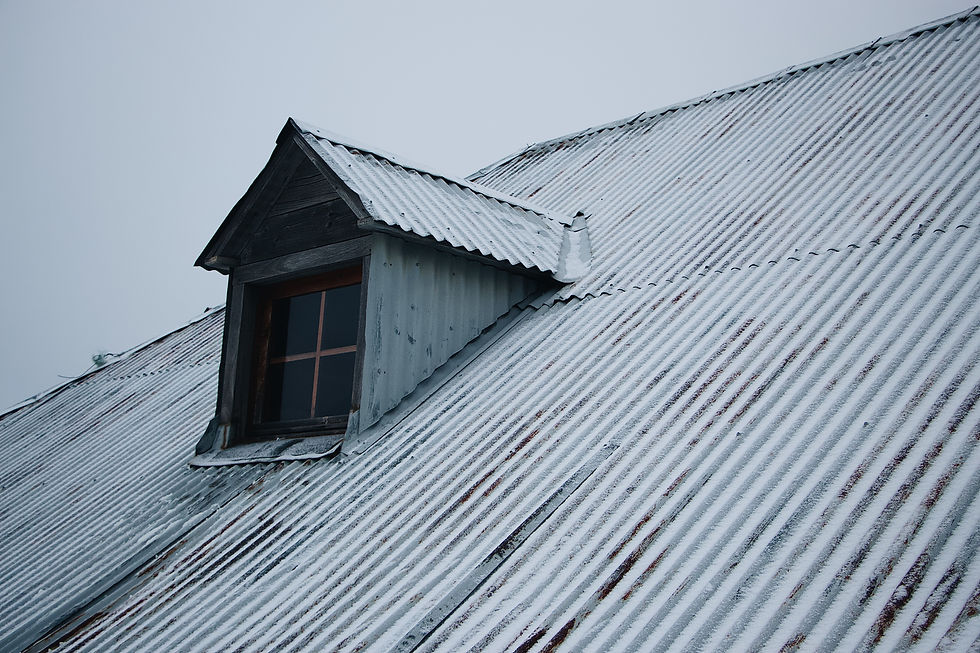🌆 Why Rooftops Matter: The Untapped Potential of Urban Surfaces
- Melanie Galpin

- Apr 24
- 2 min read

In most cities, rooftops are treated as passive surfaces—mere barriers between the building and the sky. But in the age of climate urgency, this perspective is outdated. The urban rooftop is one of the most underutilized and climate-critical assets in our built environment.
Across Europe and beyond, over 60% of rooftops are impermeable, heat-retaining surfaces. Traditionally built with ceramic, concrete, or metal, these roofs reflect solar radiation during the day, radiate heat at night, and channel rainwater rapidly into overburdened drainage systems. They amplify heat waves, accelerate water runoff, and disconnect buildings from the natural water cycle.
🔥 Rooftops and the Urban Heat Island Effect
The materials used in conventional roofing contribute significantly to the urban heat island effect (UHIE)—a phenomenon where cities become significantly warmer than surrounding rural areas. Studies have shown that rooftop surface temperatures can reach over 70°C during peak summer months, especially on dark, untreated roofs. This contributes to energy overconsumption (increased air conditioning) and deteriorates outdoor air quality.
What’s more, by removing water from the environment instead of slowing and releasing it gradually, these surfaces also exacerbate drought conditions after storms—compounding two climate threats simultaneously: flooding and dryness.
💧 Rethinking the Roof: From Hardscape to Climate Tool
If buildings are part of the problem, they must become part of the solution.
This is where WaterRoofs comes in. Rather than pushing water off the roof as fast as possible, our evaporative roof tiles are designed to hold, store, and gradually evaporate rainwater—mimicking the cooling and humidifying function of a forest canopy. Made from recycled PET and designed in partnership with UHCS, these tiles allow each square meter of roof to release up to 750 liters of water per year into the atmosphere.
Instead of being a dead space, the roof becomes an eco-active surface:
🌡️ Reducing surface temperatures by up to 8°C
💨 Increasing local humidity and improving air quality
🌧️ Supporting local precipitation cycles and green corridors
♻️ Closing the loop on water and material waste
🌿 From Forgotten Surface to Climate Ally
In climate strategy, we often focus on new technologies, but sometimes the answer is already above us. Rooftops cover up to 40% of urban land area in dense cities. Their transformation is not a question of imagination—but of will.
WaterRoofs is committed to bringing rooftops back into the ecological equation—turning every one into a tool for climate adaptation and atmospheric restoration.
It’s time to look up—and rethink the role of the roof.
🔗 Learn more at www.waterroofs.com



Comments